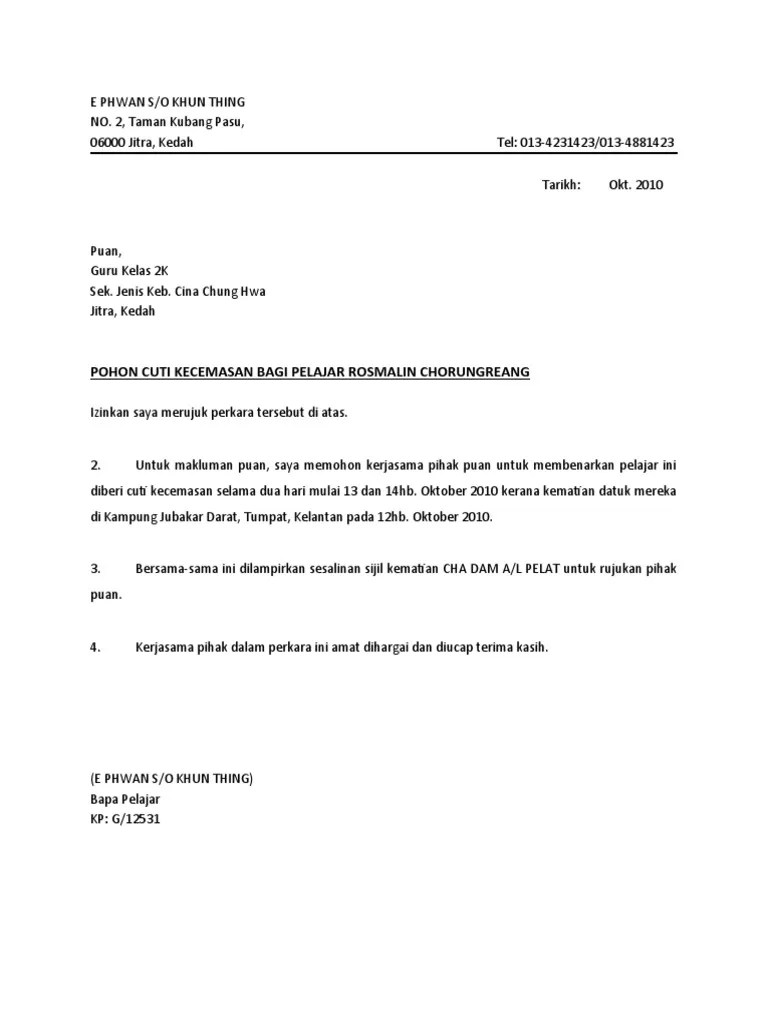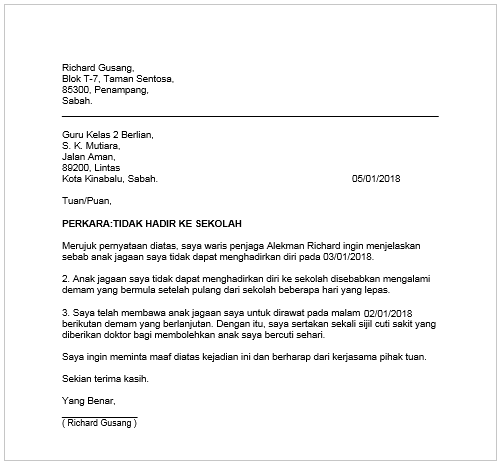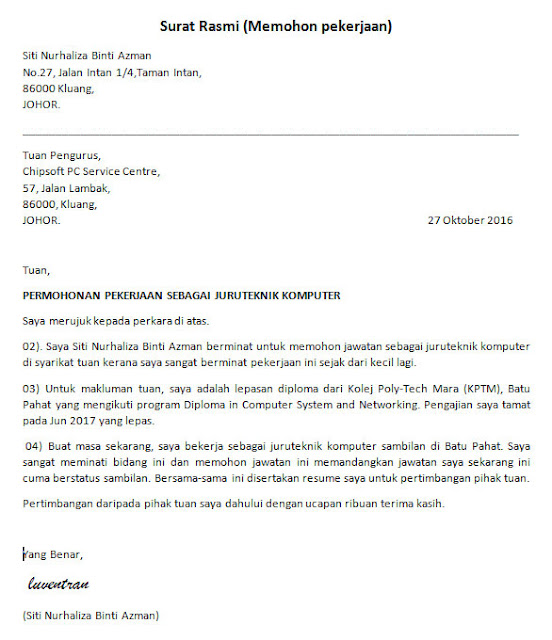Mastering the Art of Requesting Time Off: A Guide to Writing Leave Applications
Picture this: you're daydreaming about your upcoming vacation, already feeling the sand between your toes or the crisp mountain air on your face. But wait! Before you can fully embrace relaxation mode, there's an important task to tackle – formally requesting time off from work.
Navigating the world of work often involves mastering certain professional protocols, and requesting leave is no exception. Whether you're planning a long-awaited trip or simply need a few days to recharge, crafting a clear and well-structured leave application is crucial. This letter serves as your official notice to your employer, ensuring that your absence is planned for and minimizing any disruption to your team or projects.
Think back to the early days of written communication in the workplace. Long before emails and instant messaging, formal letters were the norm for all sorts of professional exchanges. Leave requests, too, relied on this structured format. While the methods of delivery may have evolved, the underlying principle remains the same: a written record creates clarity, formality, and ensures that everyone is on the same page.
In today's fast-paced world, it might be tempting to fire off a quick email or even mention your time off in passing. However, taking the time to write a formal leave application letter showcases your professionalism and respect for company procedures. It also provides a written record that can be referred back to, preventing any confusion or misunderstandings about your requested dates.
But what makes a leave application truly effective? It's all about striking a balance between clarity, courtesy, and professionalism. A well-written request is concise yet informative, providing all the essential details your employer needs to know.
Advantages and Disadvantages of Formal Leave Applications
| Advantages | Disadvantages |
|---|---|
| Provides a clear, documented record of your request. | Can be seen as overly formal in some work cultures. |
| Ensures your request is communicated to the right people. | Requires more time and effort compared to informal methods. |
| Demonstrates professionalism and respect for company procedures. | May not be suitable for last-minute requests or emergencies. |
While formal leave applications offer numerous benefits, it's important to be mindful of your company culture. Some workplaces may have more relaxed policies where a simple email or online request suffices.
Best Practices for Writing Leave Applications
To help you master the art of requesting time off, here are some best practices to keep in mind:
- Keep it Concise and To-the-Point: Your leave application should be brief and focused on the essential information. Avoid unnecessary details or lengthy explanations.
- Use a Professional Tone: Maintain a formal and respectful tone throughout the letter. Use proper grammar, spelling, and punctuation.
- Clearly State Your Requested Dates: Specify the exact start and end dates of your leave, including whether these dates are inclusive or exclusive.
- Provide a Reason (When Appropriate): While not always mandatory, briefly stating the reason for your leave, especially if it's for vacation or personal reasons, can be helpful.
- Proofread Carefully: Before submitting your application, double-check for any errors in grammar, spelling, or punctuation. A polished letter makes a positive impression.
Frequently Asked Questions
Here are some common questions about writing leave applications:
- Q: How far in advance should I submit my leave request?
- Q: Do I need to disclose the reason for my leave?
- Q: What should I do if my leave request is denied?
A: It's generally recommended to submit your request as early as possible, ideally at least two weeks to a month in advance, especially for planned vacations.
A: While you are not always obligated to provide a detailed reason, briefly stating the nature of your leave (e.g., vacation, personal reasons) is considered professional.
A: If your request is denied, it's important to remain professional. Speak to your supervisor to understand the reasons behind the denial and explore possible alternatives.
In the professional world, the ability to effectively communicate your needs is invaluable. Mastering the art of writing leave applications ensures that your requests for time off are handled smoothly and professionally. By following these tips and best practices, you can communicate your needs with clarity and confidence, while maintaining a positive and respectful working relationship. Remember, a well-crafted leave application not only helps you secure that much-needed break but also reflects your professionalism and commitment to clear communication.
Unlocking the mystery a deep dive into the dutchman song
Elevate your sonic sanctuary exploring the skar audio 12 inch subwoofer
Need a tow river city towing in hartselle alabama







